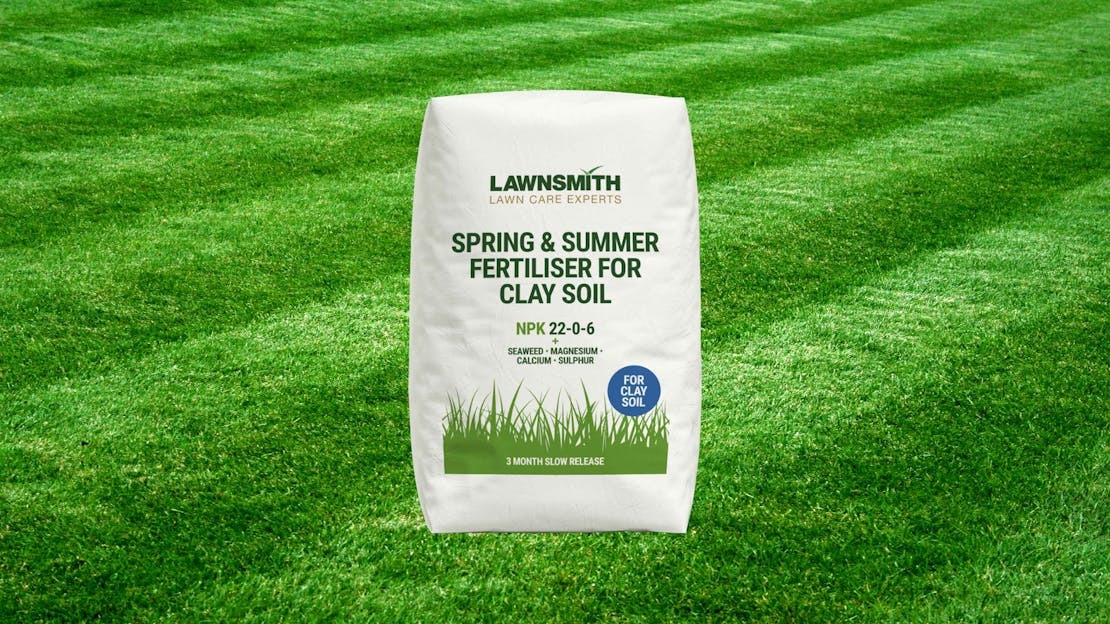
Best Lawn Fertiliser for Clay Soils
Clay soil tends to be heavy and dense, with poor drainage and good nutrient retention. Your lawn feed should take this into consideration.
Slow-Release Formulation
Clay soil tends to retain moisture and nutrients for longer periods, which can lead to nutrient build-up and potential leaching. Opt for a slow-release or controlled-release fertilizer that gradually releases nutrients over time. This helps prevent nutrient wastage and reduces the risk of leaching. All Lawnsmith spring, summer and autumn fertilisers are slow release.
Soil Conditioners
Soil conditioners, such as gypsum or zeolite can help break up clay soil and improve its structure. They also aid in water infiltration and nutrient absorption. Our Satugran contains zeolite and is also very useful for water retention and to optimise water consumption by the lawn.
Organic Matter
Clay soils benefit from the addition of organic matter to improve soil structure and drainage. Consider using products that are derived from compost, manure, or plant-based materials to top dress the lawn. This will contribute to improving soil health in the long run.
pH Considerations
Clay soils tend to be alkaline or have a higher pH level. Our fertilizers are formulated to help balance soil pH, while none specific fertilisers may exacerbate the issue if not compatible. Our clay soil fertilisers will not disrupt pH.
Seasonal Adjustments
Adjust the fertilizer application based on the season and grass growth. For example, in autumn, apply a slow-release fertilizer with phosphorus content to promote root development over the cooler months. During the active growth period in spring and summer, focus on nitrogen and potassium rich fertilizers to support lush greenery. Our Lawnsmith fertilisers fit this specification.
To Conclude
In addition to fertilizing, it's crucial to practice proper lawn care techniques, such as regular mowing, deep morning watering, and regular aeration to maintain a healthy lawn on clay soil.